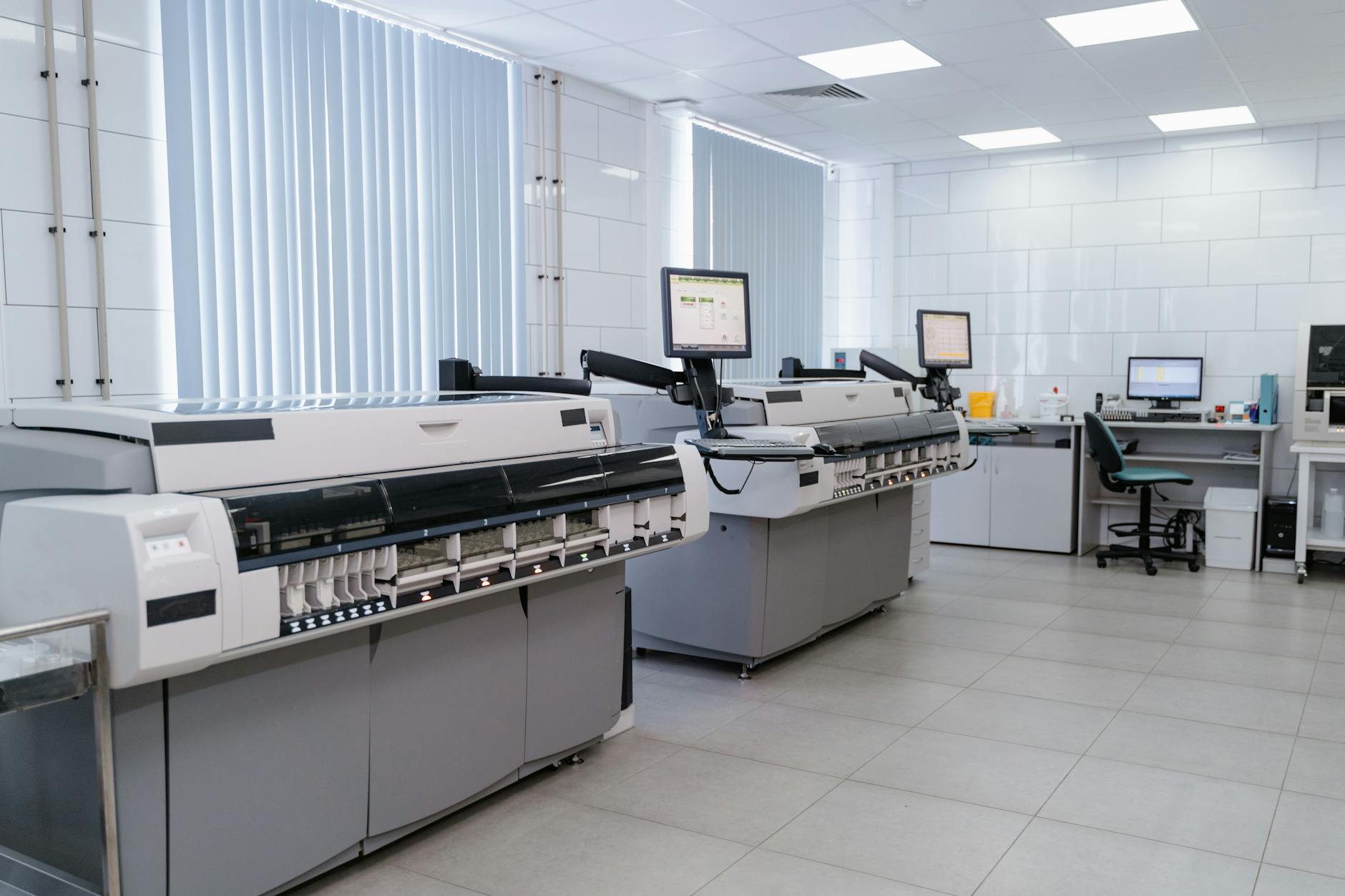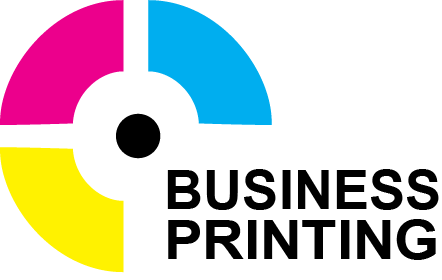When you’re tackling High Volume Printing projects, the right printer can make or break your workflow. It’s about more than just speed—cost efficiency, print quality, and durability all play a role in keeping operations seamless. Not every printer is built to handle heavy workloads, and choosing the wrong one could mean higher expenses, frequent maintenance, or unsatisfactory results. In this post, we’ll walk you through how to pinpoint a printer that balances performance and value, ensuring it meets your demands without unnecessary headaches.
When dealing with High Volume Printing, choosing the right printer is not as simple as matching speed and cost. From understanding print speed to assessing business requirements, several factors come into play. Let’s break this down in detail.
For high volume printing, two primary factors—print speed and duty cycle—are critical. Print speed, measured in pages per minute (PPM), determines how quickly a printer can complete a job. In a busy office or production environment, a higher PPM often translates to less time spent waiting for documents, meaning more work gets done, faster.
On the other hand, the duty cycle reflects the maximum number of pages a printer can handle in a month. However, just because a printer has a high-duty cycle doesn’t mean it runs optimally at that rate. For high volume printing needs, manufacturers often recommend keeping your monthly print volume at roughly 10% of the maximum duty cycle to maintain longevity and avoid excessive wear.
Key takeaway: If your office prints hundreds or thousands of pages daily, you’ll want a printer with a fast PPM and a duty cycle that aligns with (or exceeds) your monthly output. Overestimating your needs ensures the printer won’t falter under heavy usage and can prevent issues like frequent breakdowns.
When budgeting for a printer, it’s easy to focus solely on the upfront cost. But the true expense lies in the Total Cost of Ownership (TCO), which includes ongoing costs for ink or toner, paper, and maintenance.
By calculating TCO upfront—incorporating all these hidden costs—you’ll have a clearer idea of the long-term financial commitment. This helps in choosing a printer that balances both quality and economy.
To pick the right printer, start by evaluating your specific requirements:
If your business requires high volume printing, prioritize models designed for durability and large-capacity paper handling to ensure efficiency and avoid constant maintenance. Match your printer features with your most frequent tasks to get the highest functionality without wasting money on capabilities you’ll rarely use..
By assessing print speed, duty cycle, ownership costs, and specific business requirements, you’ll have a clearer picture of what’s necessary in a high volume printing solution. When each aspect is balanced thoughtfully, finding the right printer becomes a straightforward process.
For anyone regularly managing High Volume Printing demands, finding the right type of printer is key. High volume printing requires a machine that combines speed, efficiency, and durability without skyrocketing costs. Below, we’ll explore different printer types ideal for these challenging tasks and how they cater to diverse printing needs.

Close-up of an industrial printing machine processing paper sheets in a factory setting.
Photo by Criiv India
When it comes to high-speed, cost-effective printing, laser printers are often the go-to. These printers use a laser beam to transfer toner (powder) onto paper, resulting in crisp text and durable prints. If your daily workload is packed with text-based documents like reports or contracts, a laser printer is an excellent choice.
Models like the HP LaserJet series or Brother HL series balance high-speed output with low operational costs, making them a favorite for office environments.
For businesses needing high volume printing color without breaking the bank, inkjet printers with high-yield tanks are a worthy option. Unlike traditional cartridge-based inkjets, these printers feature refillable tanks with large ink capacities, reducing the need for frequent refills or replacements.
Notable models like the Epson EcoTank or Canon MegaTank often stand out due to their versatility and affordability.
Keep in mind, however, that while these printers shine in color output and cost-saving features, their speed might still trail behind laser printers.
For enterprises or print shops handling massive printing demands, production printers or multi-function printers (MFPs) are indispensable. These machines are engineered to manage not just volume but also complex operations that smaller printers might struggle to handle.
With their advanced features like duplex printing, automatic document feeders, and network connectivity, these printers ensure that businesses can handle tasks efficiently without bottlenecks in productivity.
Different types of printers excel under varying circumstances, so identifying the scope of your High Volume Printing projects can guide you toward the right fit.
Finding the right high-volume printer isn’t just about picking a model that works fast—it’s about selecting a machine equipped to handle your workload consistently and efficiently. From paper handling to connectivity and durability, here are the essential features to look for when considering a high-volume printer for your needs.
A printer’s ability to handle various paper sizes, weights, and capacities is critical when managing high-volume projects. You don’t want to constantly stop to refill trays or deal with jams caused by unsupported paper types.
The ability to seamlessly switch between these formats minimizes delays while improving adaptability for varying projects.

Spacious modern laboratory featuring advanced printing equipment and workstations.
Photo by Tima Miroshnichenko
In an interconnected world, reliable and versatile connectivity options aren’t just convenient—they are essential. Whether you’re working in an office, a co-working space, or remotely, your high-volume printer needs to communicate seamlessly with multiple devices.
Printers offering multiple connectivity options ensure easy integration with your existing systems, allowing efficient handling of high-volume tasks without technical bottlenecks.
A truly high-volume printer isn’t just efficient—it’s built to last. Consistent use at heavy workloads can wear down lesser models over time, so durability is non-negotiable for businesses and teams that demand reliability.
Investing in a printer built for the long haul ultimately reduces downtime and repair costs, keeping productivity flowing smoothly over months and years.
Keeping your printer operating efficiently and controlling expenses isn’t just a set-it-and-forget-it situation. Regular maintenance and smart cost strategies ensure your high-volume printer runs smoothly and economically over the long haul.
Managing consumables intelligently is crucial to keep printing costs down without compromising quality. High-yield cartridges are a game-changer for offices handling frequent print jobs. These cartridges hold more ink or toner than standard ones, drastically reducing the cost per page and minimizing the frequency of replacements.
Here are some actionable tips for managing consumables:
Pro Tip: Always store cartridges in a cool, dry place to avoid issues like ink drying or toner clumping. Proper storage can extend shelf life and maintain print quality.
Routine maintenance goes a long way in preventing unexpected repairs and extending your printer’s lifespan. A neglected printer can lead to inefficiencies, poor-quality prints, and even complete breakdowns, which could cripple your workflow.

Worker replacing printer ink cartridge in a laboratory environment, highlighting technology maintenance.
Photo by Long Nguyen
Here’s how to maintain your printer for peak performance:
By incorporating these strategies, you reduce wear and tear, lower operational costs, and ensure consistent high-quality prints, keeping day-to-day operations seamless. Skipping printer maintenance isn’t worth the risk—it’s like driving a car with no oil changes. Regular care protects your investment and sustains workflow without costly downtime.
Choosing the right printer for high-volume projects is about balancing functionality, durability, and total cost of ownership. From ensuring the print speed and duty cycle align with your needs to considering paper handling and connectivity, your decision should reflect the specific demands of your work environment.
Investing in a robust, reliable printer saves time, reduces maintenance hassles, and ensures consistent results. Whether it’s a laser printer for speed, an inkjet for vibrant colors, or a production printer for industrial-scale tasks, the right fit ensures productivity doesn’t take a back seat.
Take the time to assess your requirements carefully, and you’ll find a printer that works for your business, not against it. Have you already identified your top choice, or are you still exploring options? Share your thoughts or questions below, and let’s keep the conversation going!
